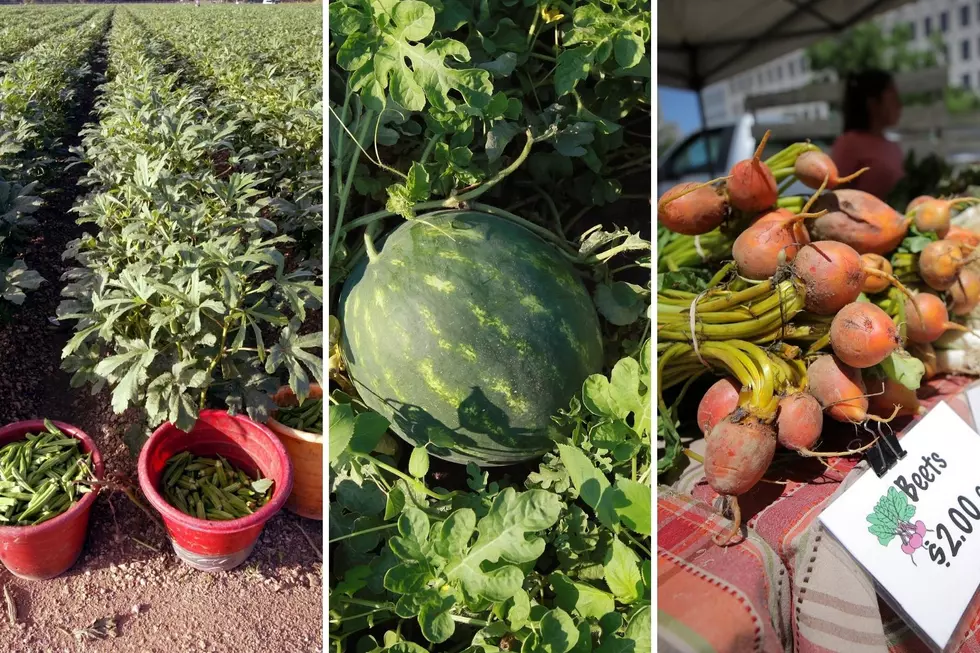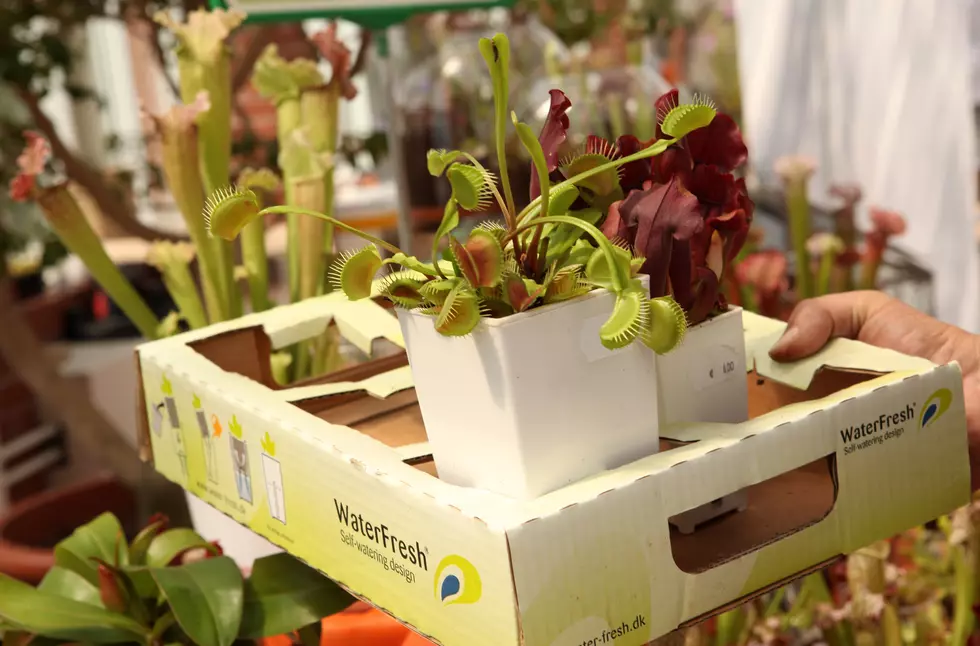
Building A Backyard Oasis Can Bring Birds And Sanity Into Your Life
“Give me solitude, give me nature, give me again O’nature your primal sanities!” Walt Whitman
I have found a simple and inexpensive way to bring solace and beauty into my life in Amarillo: bird feeding. Hear me out! I'll tell you how I got into bird feeding and then I'll even share some tips and tricks that have worked for me.
Born and raised in western Colorado, I grew up surrounded by the wilderness. Forty-five minutes from my home, I could hike the Grand Mesa, which peaked around 11,000 feet. There was plethora of forests, lakes, and rivers teeming with wildlife: elk, mule deer, black bears, and bald eagles.
Twenty minutes south, I had the Colorado National Monument, 32 square miles of red-rock canyons. It wasn’t unusual to see mountain lions, bighorn sheep, and (oddly enough) the most beautiful lizards I’ve ever seen.
I had 10 acres of land, and it wasn’t unusual for me to have a head of mule deer laying in my backyard--or even an elk! My neighbor had peacocks, and they would come and roost in my trees at night. I had a white owl one time; he was super annoying, constantly hooting at night right by my window. I won’t lie to you, I chucked a rock at him one night at 3 a.m. because he wouldn’t shut up! Owls not only hoot, but they chirp, whistle, and screech. You would’ve thrown a rock at him/her too!
But all of this brings me to the reason I’m writing this article; I live in Amarillo now. In the city. Away from the woods. And I find myself missing nature. During the pandemic, I got bored and had the brilliant idea of feeding birds.
At first, the only feathered creatures I attracted (and still generally do) are mourning doves and sparrows. At one point, I had so many mourning doves, I felt like the pigeon lady from Home Alone. You know, the movie from the ’90s where the kid is lost in New York. It was disgusting.
But I started doing some research and found ways to attract other birds. When that began to happen, I realized it helped ease (not cure) my deep-seated yearning to be back in nature. It’s a fun, easy little hobby; but, it does take some research to get it right.
So take it from me, the voice of experience. Here are my tips and tricks to build your backyard oasis and not become the pigeon lady.
Winter is the best time for bird feeding
First, the best time to feed birds is in the winter; they need our help, but I did research, and it’s ok to provide food in the summer as long as you don’t put out suet; suet can go rancid in the hot sun and make birds sick.
One thing you can do if you don’t want to invest a lot of money is put out nectar in bird feeders. Most people think nectar is for hummingbirds but, chickadees, goldfinches, orioles, warblers, and woodpeckers like it too. You can find all these birds in Amarillo.
You’ll want to hang your feeder in a flowerbed filled with nectar-rich flowers or from an overhead awning or roofline. If you do hang it by a window, make sure you have suitable decals or something so the birds don’t see tree images and hit your window.
Get to planting
The second thing you can do is grow plants to attract birds into your yard. Great ones to buy here in Amarillo, according to the trusty resource of Adubon, are as followed:
- Chokecherries will attract mockingbirds, thrashers, chickadees, titmice, woodpeckers, and my personal favorite orioles.
- Common buttonbush attracts wrens, jays, and mockingbirds.
- Common sunflower attracts cardinals, finches, and grosbeaks.
- Beebalm or Lemon Mint attracts orioles, cardinals, and grosbeaks; this will also attract butterflies, bees, and hummingbirds (although I’ve personally never seen a hummingbird in Amarillo, I’ve been told they are here).
Pick your bird seed wisely
The third thing is bird seed, be very careful with this because too much will cause you to have those mourning doves and overcrowding of birds, which can cause a spread of disease among birds. The best type of seed is black oil sunflower seeds, Nyjer, millet, cracked corn, and safflower.
To have robins come to your backyard, put out fresh apples, pears, mill worms, and oddly enough, according to allaboutbirds.org, a very shallow bowl of grape jelly is their favorite. Robins do not eat birdseed and are foragers so you want to have this low on the ground.
Also, last little tip on what to feed the birds, don’t feed them bread! It has no nutritional value, and you’re trying to help the birds, not make them be an American eating crap that doesn’t fuel their body!
Location, Location, Location!
The last thing to know is where to place the bird feeders. Make sure you put them in safe locations, don’t let your backyard become the hunting ground for cats.
Birds like them close to shelter like trees and shrubs. Spread feeders around your yard and use small feeders as they empty quickly, so the seed doesn’t get stale. Feeders should be about waist-length or higher. To attract orioles and other small birds, place the feeder about 7 feet from the ground. Also make sure to place the feeder near a shrub.
The best way I have found to feed them is with thistle socks, which is a nylon net that is specifically made to hold seeds like Nyjer (which they love). Please remember, like opening a new restaurant, it will take time for you to have customers, but be patient. They will come.
Feed The Birds, Feed The Soul
I’m sure you are asking yourself how doing all this for birds brings back my sanity? According to Psychology Today, “watching birds offers cheap cheep way to boost mental health.” Every time I see a new bird or a pretty bird, I run and get my husband as if I’ve found gold. It puts a goofy smile on my face and brings back that feeling of being in nature.
Another thing I read in the same Psychology Today article is that there is a theory called “attention-restoration theory,” and to sum it up: simply watching nature “promotes healing and lessens stress.”
Good luck and long live the birds and your mental health!
Wildlife of the Texas Panhandle
More From NewsTalk 940 AM









